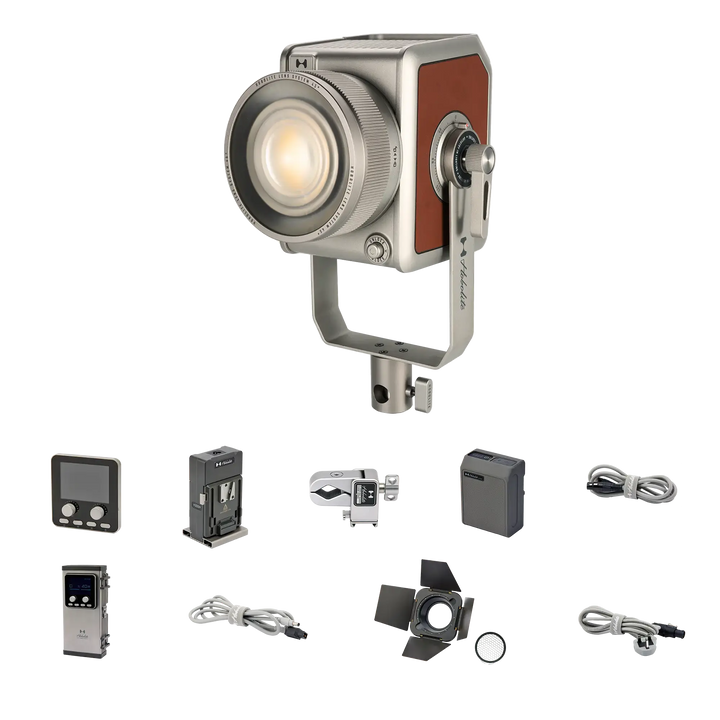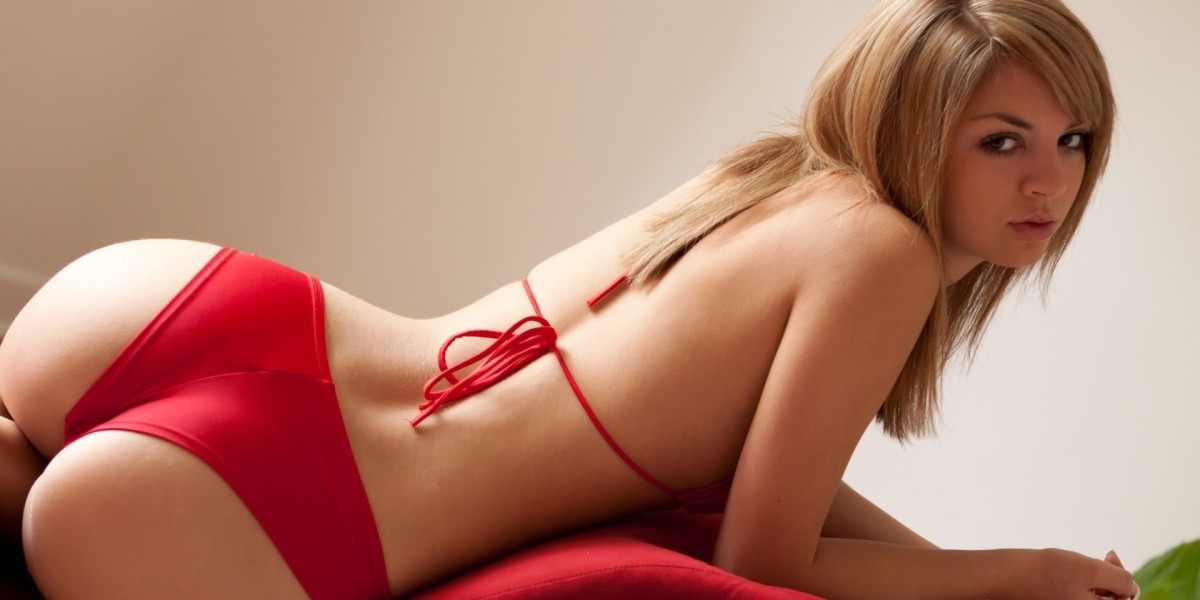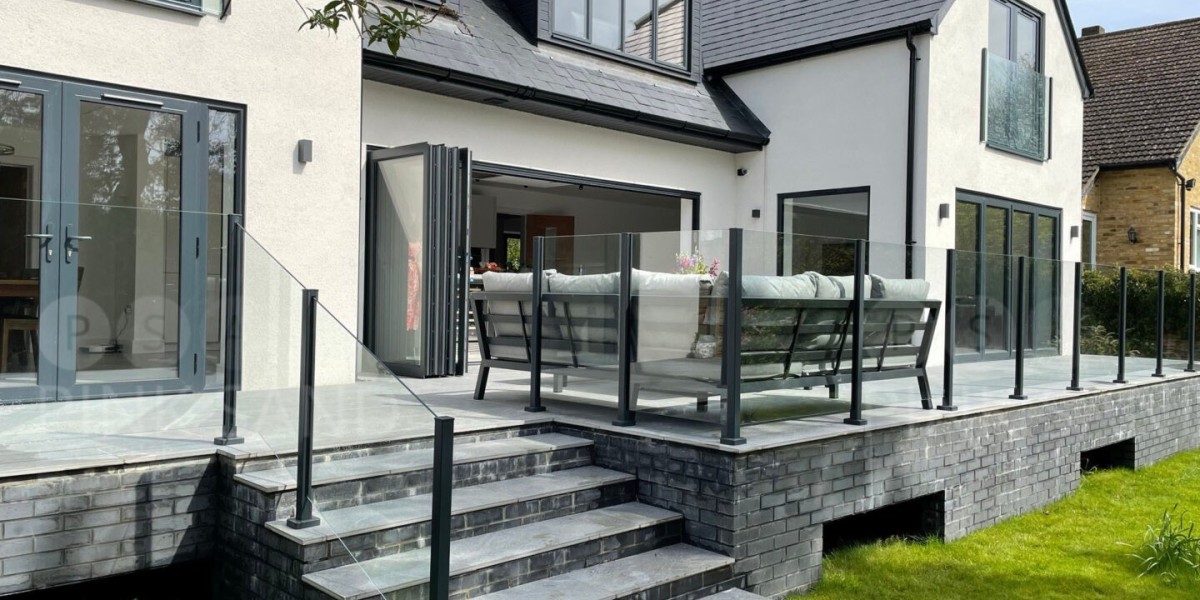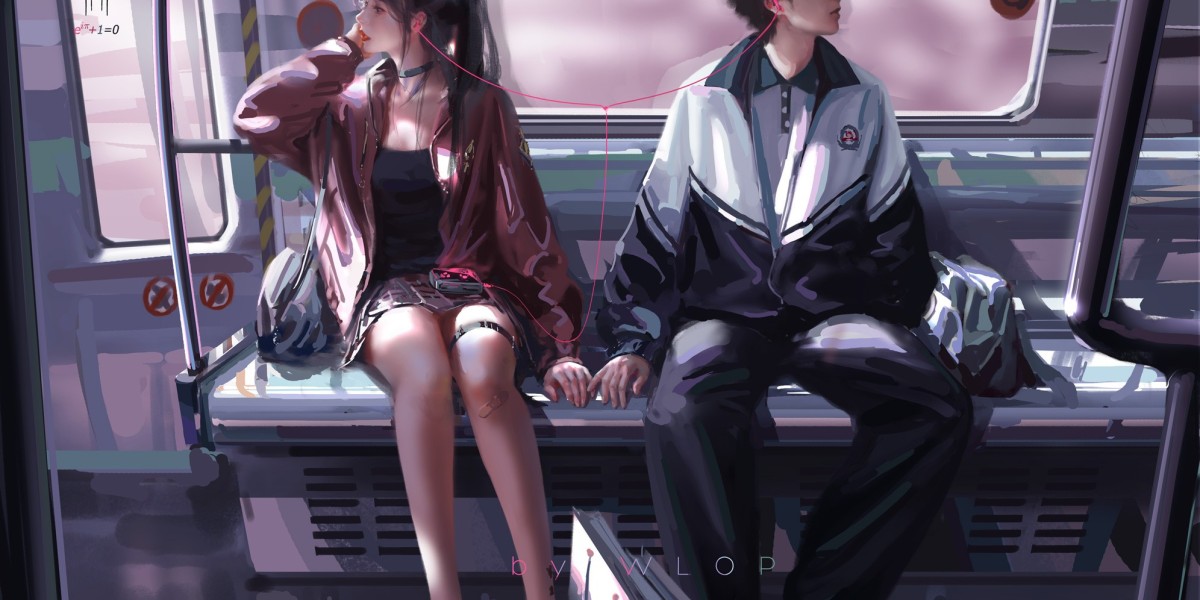Unlock the Secrets to Perfect Studio Lighting: What Every Buyer Needs to Know!
Studio lighting plays a pivotal role in the fields of photography and videography. The right lighting can dramatically enhance the quality of images and videos, transforming a simple shot into a stunning visual masterpiece. However, navigating the vast array of studio lighting equipment available can be daunting for many users. With various types, brands, and price ranges, it is common for potential buyers to feel overwhelmed. This article aims to demystify studio lighting equipment and guide users in making informed purchasing decisions, ensuring they achieve the best results in their creative endeavors.

Understanding Studio Lighting Equipment
Studio lighting equipment encompasses a range of tools designed to illuminate subjects in a controlled environment. The primary types of lights used are continuous lights and strobes. Continuous lights provide a constant source of illumination, making it easier to see how shadows and highlights will play out in the final image. On the other hand, strobes emit bursts of light, offering greater intensity and control over exposure. Lighting is not just about visibility; it also plays a crucial role in setting the mood and tone of a photograph or video. For instance, soft, diffused light can create a warm, inviting atmosphere, while harsh, direct light can convey drama and tension. Understanding these dynamics is vital for any user looking to elevate their work.
Key Features to Consider
When selecting studio lighting equipment, several essential features should be taken into account. Color temperature is paramount; it determines the warmth or coolness of the light and can significantly affect the mood of your images. Brightness, measured in lumens, is another critical factor; a higher lumen count means a brighter light, which can be crucial for larger spaces or specific shooting conditions. Additionally, adjustable settings allow users to modify intensity and direction, providing greater flexibility in achieving the desired look. Some lights also offer features like built-in filters or diffusion options, which can enhance the quality of light and help create a more professional finish. These features can make a substantial difference in the overall production quality, so it’s essential to choose wisely.
Comparing Different Types of Studio Lighting
The variety of studio lighting options available can make it challenging to choose the right one. Softboxes are popular for their ability to diffuse light softly, reducing harsh shadows and creating a flattering look for portrait photography. Reflectors, on the other hand, are cost-effective tools that bounce light onto the subject, enhancing brightness without needing additional lights. LED panels have gained popularity due to their versatility, offering adjustable color temperatures and brightness levels, often in a compact form. However, they may not provide the same light intensity as traditional strobes. Each type of lighting has its unique advantages and disadvantages, and understanding these can help users make an informed decision based on their specific needs and shooting styles.
Price Range and Budget Considerations
The price of studio lighting equipment can vary significantly, influenced by factors such as brand reputation, build quality, and technological features. Entry-level options can be quite affordable, making them accessible for beginners, while professional-grade equipment can reach premium price points. It’s important to consider how much you’re willing to spend without compromising quality. Investing in a reliable lighting setup can yield better results and save money in the long run. Users should also look for packages that offer multiple lighting options at a discounted rate, which can provide excellent value for those just starting. Setting aside a budget and prioritizing features based on your needs can help streamline the purchasing process.
Making an Informed Purchase Decision
To make an informed purchase decision, users should assess their personal needs against the available options. It's wise to consider the types of projects you plan to undertake, as different lighting setups may suit various styles. Testing equipment in-store, when possible, can provide valuable insights into how a particular light behaves in real-world conditions. Additionally, reading reviews and seeking recommendations from friends or fellow creatives can help narrow down choices. Many of my friends in the photography community often share their experiences with different setups, which has aided me in making better decisions. Taking the time to research and evaluate options can lead to a more satisfying investment in studio lighting equipment.
Summary of Key Considerations for Studio Lighting
In summary, selecting the right studio lighting equipment is crucial for achieving the desired results in photography and videography. Understanding the various types of lights, key features, and price ranges can empower users to make informed decisions. By carefully considering personal needs and taking the time to research, users can find the perfect lighting solution that enhances their creative projects. Remember, quality lighting can make all the difference in your work, so take your time to choose wisely and enjoy the process of illuminating your artistry.








